How to Find Factual Health Sources
It can be hard to tell what’s true on the internet. Follow these tips to make sure you are reading and sharing factual health information.
By Anissa Durham
This story is part one of Word In Black’s Health Misinformation series, exploring the ways Black folks can identify false information and verify credible health sources. Read the series.
Health misinformation and disinformation are everywhere. Because they’re so common and pervasive, the health consequences are rarely discussed in mainstream media.
More than 70% of people have been exposed to medical or health-related misinformation, according to a GoodRx Health study. This means many people are struggling to tell the difference between factual information and false information.
Word In Black compiled this guide to help those in the Black community understand the difference between health misinformation and disinformation. This helps readers find credible health sources, while also guiding them to spot false health information.
For this story, Word In Black interviewed physicians on the front lines of the COVID-19 pandemic, communications experts, and those with lived experience navigating health information.
-
Misinformation is false or inaccurate information. Oftentimes, misinformation is unintentionally presented as fact. By having access to information that is simply not accurate, people may make health decisions based on incorrect information.
-
Disinformation is false or misleading information that is deliberately intended to mislead. When someone knows something to be untrue but shares it as fact anyways. Disinformation is an aggressive action, where people or organizations purposefully mislead others about the facts about health care or preventative health issues.
-
Black folks are disproportionately impacted by a number of health conditions and diseases. When health misinformation and disinformation are circulating, the Black community bears the brunt of misleading information. Especially when many folks already experience a level of distrust in the healthcare system.
Social media oftentimes heavily contributes to health misinformation and disinformation. Creators with large platforms are seen as experts. But just because someone has 10,000 followers doesn’t mean the information they are sharing is true. There is also little to no accountability for social media content creators who share health misinformation and disinformation.
The danger of believing health misinformation and disinformation can lead to misdiagnoses, undiagnosed illnesses, or death.
-
If you are looking online for health information, check credible sources like the Centers for Disease Control and Prevention, the National Institutes of Health, John Hopkins Medicine, and the Mayo Clinic. Each of these websites vets their health information, regularly publishes studies and data, and frequently updates their information.
If you are looking on social media for health information, consider who is delivering that information. Who is the messenger? Are they a scientist or board-certified physician, or a content creator with no medical background?
If you are looking for health information on media sites, consider who the publication is. What steps do their editors and reporters take to vet and verify their information? Are they quoting experts on the topic? Do they link to the research and studies they highlight in the article?
Always check with your doctor. If you don’t have a doctor, try calling a clinic for health information.
-
Unfortunately, health misinformation and disinformation are everywhere. It’s in the marketing that you see, on social media, spread through word of mouth, and on media sites. However, there are a few things to consider when you come across health information.
First, don’t believe everything you see, read, or hear. If you are looking for information on symptoms or an illness you are experiencing, call your doctor. And, if you want to make sure you are getting an accurate diagnosis, ask for a second opinion.
Second, if it sounds sensational or exaggerated, take the extra step of verifying the information yourself by looking at credible health websites. Remember to read beyond the headline. What’s in a headline is almost always only a fraction of what the rest of the information in an article is explaining.
Third, vet it before you spread it. The only way to prevent the continued spread of misinformation is to share information that is verified to be true.

